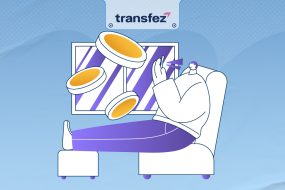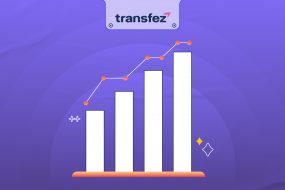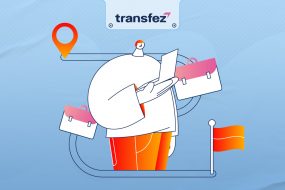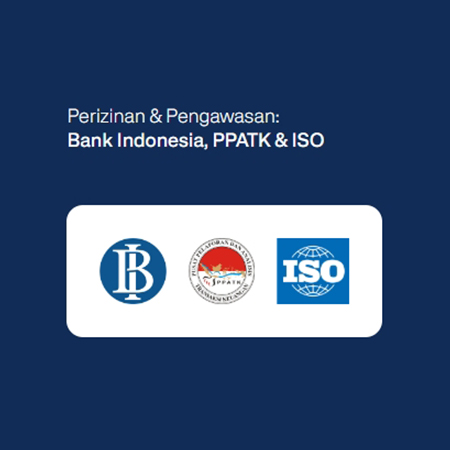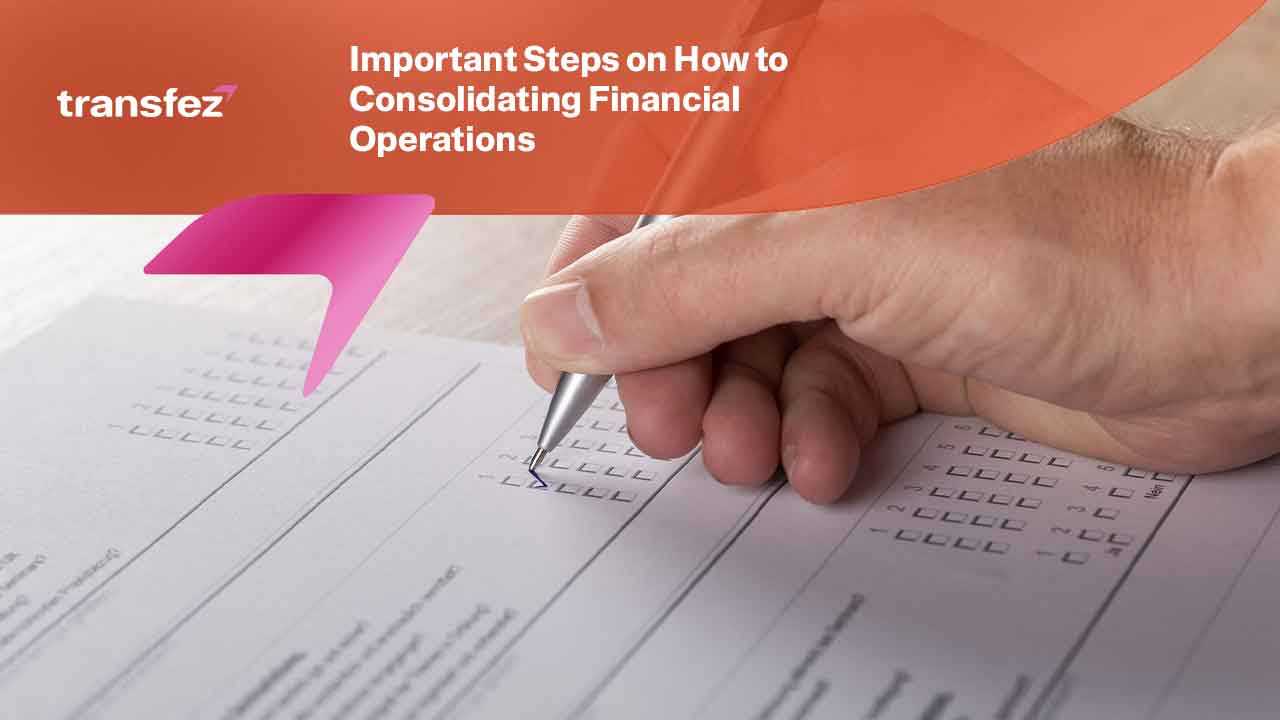
The balance sheet is a report that is closely related to finance. So that the process of how to make a balance sheet must be complete and detailed. It can help to avoid errors in the recorder or other things that can cause errors when reading.
Many things are very closely related, including the analysis of financial ratios. And if there is an error in reading or making, then the data generated will not match the actual data of your business. It can result in considerable losses. Therefore, for more specific information about how to make a balance sheet, check the following paragraphs.
Gather the Financial Records
Make sure you have all the necessary documents to fill out your balance sheet. Collect all transactions, invoices, and financial statements related to the period to review. You can find this information in your company’s general ledger, which shows all the financial transactions recorded during a given period.

Prepare the Balance
The next thing in how to make a balance sheet is to determine the period you need to cover the balance sheet. Most balance sheets cover the financial quarter, but you can choose the period you need.
The balance sheet has three parts: assets (resources owned), liabilities (debt payable), and owner’s equity (shareholder contributions and company earnings). The basic accounting equation for compiling a balance sheet is Assets = liabilities + owner’s equity. The total assets must equal the total liabilities and owner’s equity. If it is not balanced, there may be an error in one of the entries for that time.
See Video How To Easily Send Money International with Transfez
Calculate Assets
Dedicate five lines to asset accounting, which has dollar values. It includes amounts related to current assets (things the owner can convert to cash within a year) and long-term assets (things that cannot be converted to cash within a year). When listing assets, order based on liquidity. It shows how quickly the asset can be converted into cash. Here’s a guide for adding assets to each row:
- Line 1: Enter the cash and cash equivalents available to the business.
- Line 2: Enter accounts receivable, or the amount your current customer owes if you’re giving credit.
- Line 3: Enter your company’s current inventory value.
- Line 4: Enter fixed assets, such as equipment, vehicles, land, buildings, and other valuable assets owned by your business that depreciate over time.
- Line 5: Add the total assets on this line. It is the number of lines 1-4.
Make a To-do List
A company’s liability usually has four lines. It helps to list your obligations by the due date, then determines whether the liabilities are current or long-term. Here’s how to make a to-do list as part of how to make a balance sheet:
- Line 6: If your business has credit card debt, write it down here.
- Line 7: Long-term bank loans or other loans that are more than one year are included in this line.
- Line 8: Your company’s accounts payable refers to short-term debt, such as amounts owed to suppliers for goods purchased on credit.
- Line 9: The last line of this section shows the total amount owed by the business, including the owner’s investment in the company. This total must equal the total assets because the business cannot own more than it owns.
Send Money Easily to Different Countries
How to Send Money to Hong kong
How to Send Money to China
How to Send Money to Malaysia
How to Send Money to Japan
Determine Equity
The last section of the balance sheet is known as the equity or owner’s equity category, which lists the money currently held by your company in four rows. It references the amount belonging to the business owner, including:
- Line 10: Enter the amount of owner’s capital invested in the company. It represents all the investments contributed to the company.
- Line 11: Include the number of private or public shares here.
- Line 12: List your company’s retained earnings here or the amount of revenue minus expenses since the start of the business.
- Line 13: This line shows the total equity for the business.
Tips on How to Make a Balance Sheet
In how to make a balance sheet, separate the right and left sides. The left side is for Assets and the right side is for Liabilities and Equity. On the Assets side, write down all accounts related to Assets. It includes Current Assets and Fixed Assets. Both must be separated to find out the nominal amount of each. After that add up. This amount will be Total Assets.
On the Liability and Equity side, write down all accounts related to both. Accounts and Liability values can be viewed according to the worksheet previously created. As for Capital, you just need to enter the final capital value that has been calculated previously. After that add up. The total liabilities and capital are the total liabilities.
Note the value of Total Assets and Liabilities. When both have the same total, it means that the Balance Sheet is balanced and complete. However, if the two numbers are different, an error may occur. Errors are not just when preparing financial statements. Starting from recording, journalizing, and adjusting, this can be an opportunity for errors to occur.
Download Transfez App
Transfez App can help you transfer money abroad more quickly and efficiently. Transfez Business can also help your business in making transactions abroad. For those of you who want to send money to relatives who are abroad because they are studying, working, or traveling, Transfez will be ready to help. This app is available on Android as well as iOS.
Closing
When the preparation of the balance sheet is complete, this does not necessarily end. There are many other series of financial statements. After the preparation of how to make a balance sheet is complete and the value is balanced, the accountant must prepare a cash flow statement. The cash flow statement is a report that is made after the balance sheet is completed. Users of this report vary from internal to external parties.





